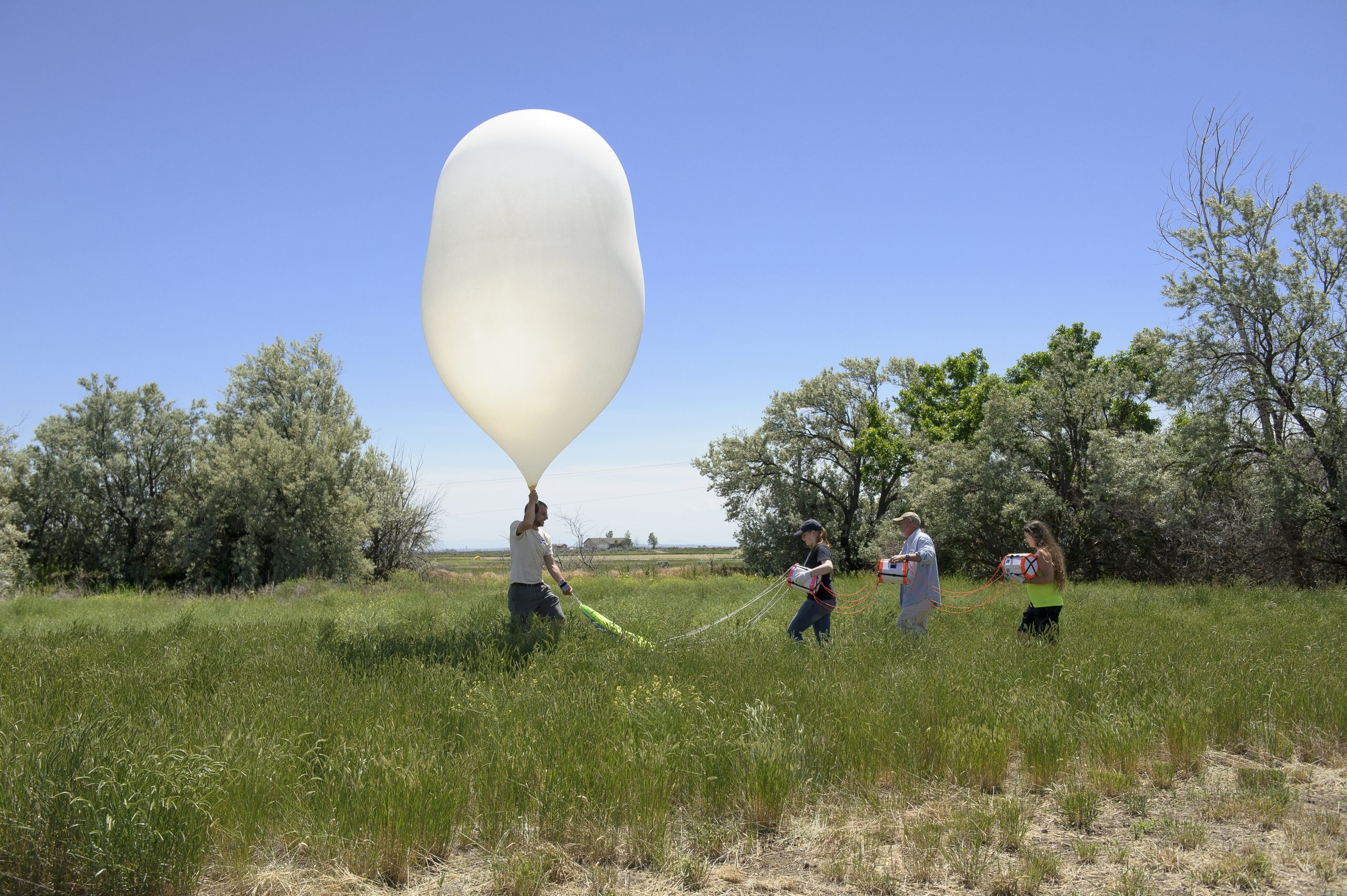Editor’s note: Yes this really just happened. We wanted to share even regardless, so you know what’s being done on your dime. And yes, at the very bottom, I did go by NASA in Cae Canaveral to make a video outside the premises and was looking for a restroom around the area. I was fortunate that a guard was kind and said I could go inside NASA at midnight to use the facilities. I was so flustered I forgot to ask them about the balloons!
All sources (as always) are at the very bottom of this piece below “About the Founder.” We use the footnote system and are proud of the awards our site wins for accuracy, despite our funny name (Remember, Google and Yahoo were once thought funny too). Thanks to our millions of readers who support us and enjoy.
On Monday there will be a total solar eclipse for many across the U.S. to enjoy and as long as you don’t look directly at the sun you should be totally fine. And, if you are lucky enough to be in the path of Montana State University students, you might get an extra show: in a collaboration with NASA, researchers at MSU plan to launch high-altitude balloons in 25 locations across the total eclipse path, from Oregon to South Carolina.1
 RELATED ARTICLE:
RELATED ARTICLE:
The ENORMOUS balloons are part of Eclipse Ballooning Project. The purpose is to send live video and images from near space to the NASA website. Amazingly, video and images from a total eclipse, from near space, have only been taken once before (you can check out the footage from the 2012 Australian eclipse here) but it wasn’t LIVE.
However, it’s not as innocuous as just a live feed. Thirty of the 75 balloons released will be carrying “small samples of an extremely resilient strain of bacteria called Paenibacillus xerothermodurans over 80,000 feet above Earth. The P. xerothermodurans samples will be attached to thin, aluminum ‘coupons’ and attached to the outside of the balloons.”2 (This genus of bacteria ranges from tame to deadly: Paenibacillus larvae causes American foulbrood, a fatal bacterial disease of honey bee brood.)
RELATED ARTICLE:
Apparently, earth’s stratosphere is similar enough to the surface atmosphere on Mars so researchers hope to better understand how bacteria might behave there. NASA feels this information could be helpful for researchers preparing for a mission to Mars.
Project leader Angela Des Jardins and Director of the Montana Space Grant Consortium said:
“We have to be extremely careful that we don’t bring bacteria or other tiny Earth organisms to other planets.
While most of these tiny forms of life that exists in abundance around us won’t survive the trip through space, it’s understood that some resilient types could ‘go dormant’ on the trip and then survive on the surface of the other planet. Therefore, in order to be prepared to keep planets we visit absolutely pristine, it’s important to understand how bacteria might behave there.” 3
At this point, little is known about what exactly will happen if the bacteria arrive in space (the balloons are supposed to land back on earth). But what is known is that, according to Parag Vaishampayan, an astrobiologist at NASA’s Jet Propulsion Laboratory, these bacteria are incredibly resilient. They “form shields of spores that allow them to survive even when conditions turn deadly. It takes around 140 hours at 257 degrees Fahrenheit to kill 90 percent of these bacteria…”4
They are strong and their potential to survive in earth’s stratosphere or even in Mars’ atmosphere is at least plausible.
We will be watching this story and looking for updates after MSU releases their results from the eclipse launch.












